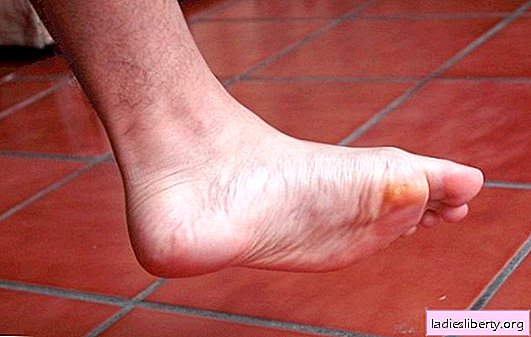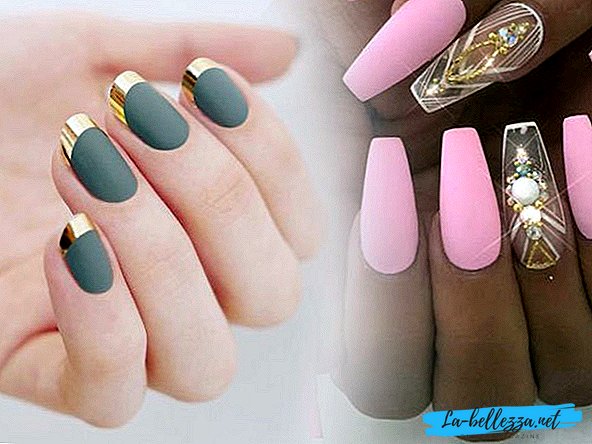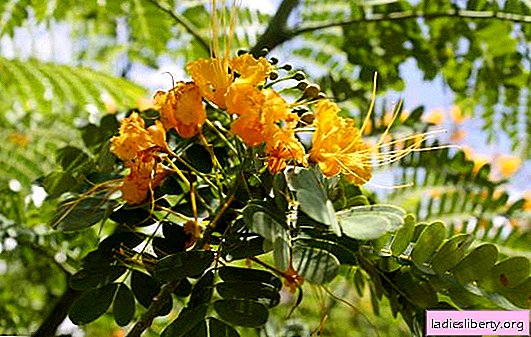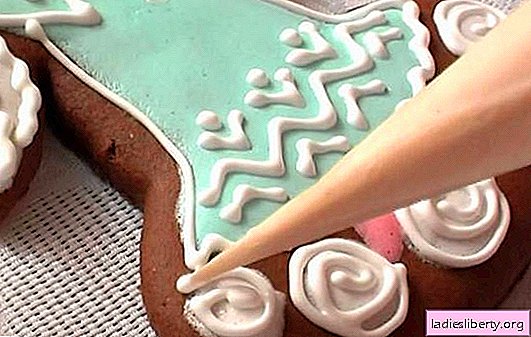
In addition to aesthetic problems, dry corns with a core during movement cause severe pain.
This changes the gait, the load is incorrectly distributed on the joints of the lower extremities (knees, lower legs, feet).
Without adequate treatment of corns, the risk of developing inflammatory degenerative phenomena is likely, resulting in complex joint diseases - arthrosis, arthritis, etc.
When to start treatment
The disease is developing rapidly. Constant loads on the affected areas of the skin cause periodic inflammation of the calluses. Pain syndrome, walking discomfort intensify. Therefore, measures against corns with a core must be taken without delay, without waiting for the situation to worsen.
Regardless of the cause of the formation of corns, therapy is carried out in two stages:
a) the use of topical drugs, the purpose of which is to soften keratinized tissues;
b) curettage, complete removal of the corn along with the root.
Effective remedies against calluses are drugs containing salicylic acid. The range of such drugs is wide enough, however, the most convenient to use are corn salicylic patches of domestic and foreign production.
What to treat
Of the Russian preparations for dry corns, the most popular patch is Salipod. Consider the example of the mechanism of action of salicylic antimozole patches.
Salipod - a dermatotropic drug with a pronounced keratolytic (softening) and antiseptic effect. The main components of the treatment composition are salicylic acid and sulfur. In addition to the main active components, the Salipod anti-corn patch contains pine rosin, lanolin, and rubber.
Penetrating deep into the dermis, active substances act on tissues in a complex. Namely, salicylic acid softens the roughened skin, has an antiseptic, antimicrobial, antibacterial, analgesic effect. On the surface of the callus, salicylic acid forms an acidic medium that impedes the further development of pathogenic microflora and fungal infections. Sulfur creates a drying effect. Additional components enhance the therapeutic effect, relieve inflammation, promote rapid tissue regeneration.
Salipod and the like salicylic acid patches recommended for use against pivotal dry corns, corns, plantar warts, and other chronic solid formations on the feet. Such tools provide quick softening and exfoliation of keratinized tissues. Destroy pathogenic microflora, viruses, fungal microorganisms, bacteria. Allow in just a few days without much effort to remove the solid plantar formation completely.
Anti-corn patches against calluses differ in appearance, composition, method of application. The same Salipod is a strip of 2x10 cm or 6-10 cm in size, covered with a protective film. To the skin, unlike a conventional bactericidal patch, the strip does not stick. Therefore, an ordinary adhesive plaster is necessarily included with the remedy.
Rules for the use of salicylic patches
Before gluing the patch to the corns, the feet are steamed in a hot bath. Add to water liquid soap, sea salt or baking soda. After the bath, the feet are rinsed with cool, clean water and wiped dry.
A small piece is cut from a whole strip of Salipod, which exactly matches the shape and size of the corn. The protective film is peeled off. A tape of the desired length is cut from a conventional adhesive plaster to firmly fix the drug in the painful area.
An antimozole patch with salicylic acid is applied exactly to the corn with a core and firmly glued. At the same time, it is important to ensure that healthy areas of the skin are not covered by the treatment composition, since under the influence of salicylic acid, skin may cause irritation, inflammation, itching.
Keep the remedy for corns with a core on the affected area strictly for the time specified in the instructions. For Salipod, this period is 2 days. Sooner or later, you cannot remove the patch. Wash your feet, take a bath, shower during this period is not recommended. After waiting for the prescribed time, the drug is removed.
Removal of callus
Using a nail file, pumice or grater for the feet, the softened callus is removed along with the root. To facilitate the task, curettage is performed by lowering the foot in a bath with warm soapy, saline or soda solution.
If the corn is young, one procedure will be enough to quickly and painlessly remove both the surface part of the formation and the inner core. A small hole will remain in the place of the corn, which is lubricated with iodine and sealed with a bactericidal patch. After a couple of days, the wound will be delayed.
In old corns with deep rods, only the hat can be cleaned off the first time, and when trying to pull out the root, severe pain occurs. To save yourself from such discomfort, salicylic adhesive plaster has to be applied several times until the corn comes off completely.
Special ointments and gels against calluses with a core help accelerate treatment. The affected area is smeared with salicylic acid ointment, and then an anti-mucosal adhesive is glued. After 10-12 hours, corn is peeled off with pumice. Treatment does not stop until the solid plantar formation is completely removed.
Precautionary measures
Salicylic acid is an aggressive chemical compound. When using anti-corn patches, which include this substance, the existing contraindications must be taken into account. It is necessary to observe all precautions, deviating from the instructions attached to the drug is prohibited.
You can not use salicylic patches in the following cases:
• individual intolerance, allergy to any of the components of the treatment composition;
• pregnancy, lactation;
• damage to the skin in the treatment area (wounds, scratches, burns, sores);
• renal failure.
It is undesirable to use such drugs for the treatment of dry corns on the soles of children. In addition, it is recommended that diabetics consider other options for treating the callus. After the use of salicylic patches, wounds and microcracks can form on the skin, which in patients with diabetes mellitus poorly and slowly heal.
Side effects of using salicylic acid are practically absent. The only thing, if the adhesive patch is not properly glued to the corns, slight redness, burning, itching, and dermatitis can occur in healthy areas of the skin. Complications with strict observance of all the rules for the use of salicylic patches are not observed.











